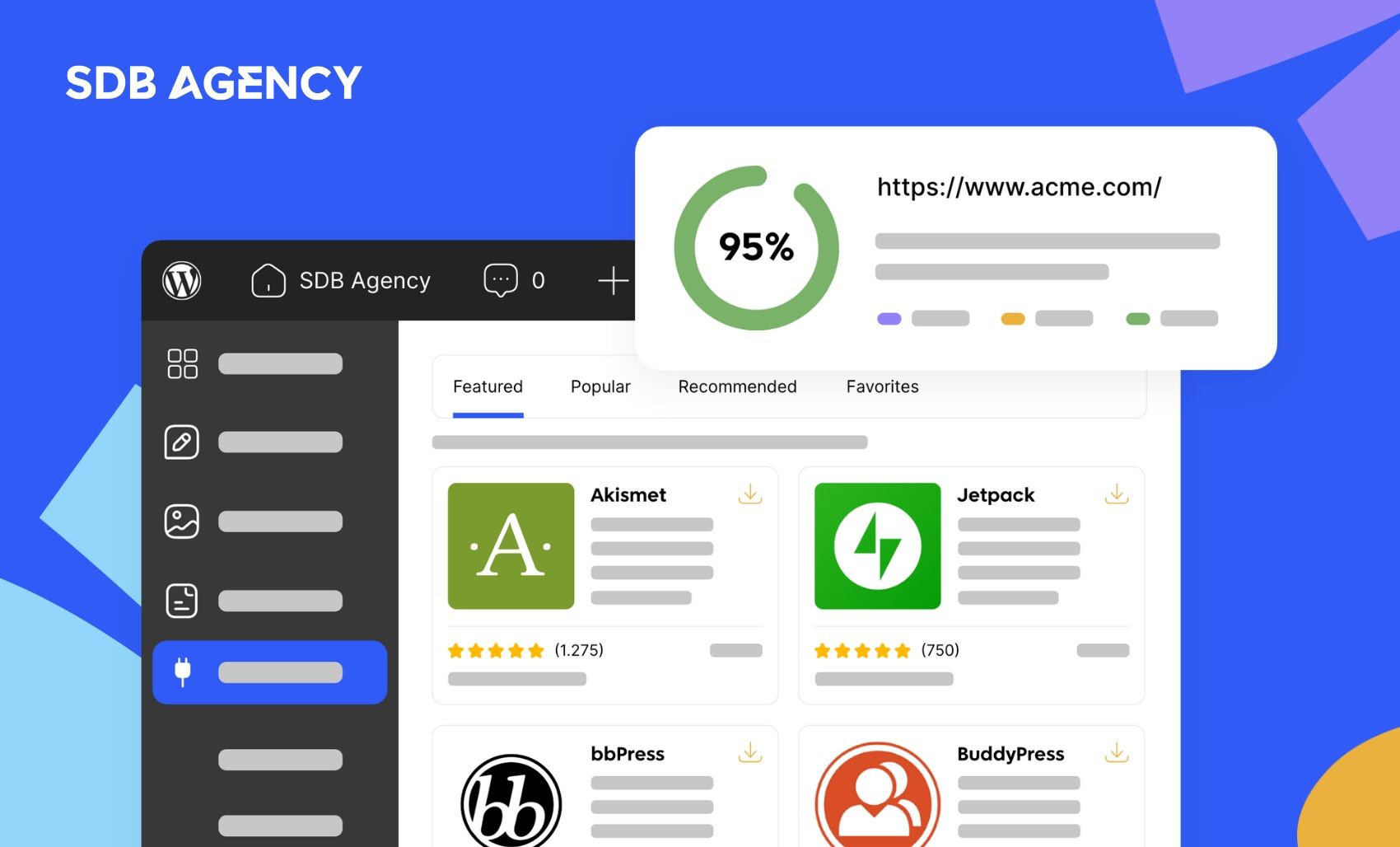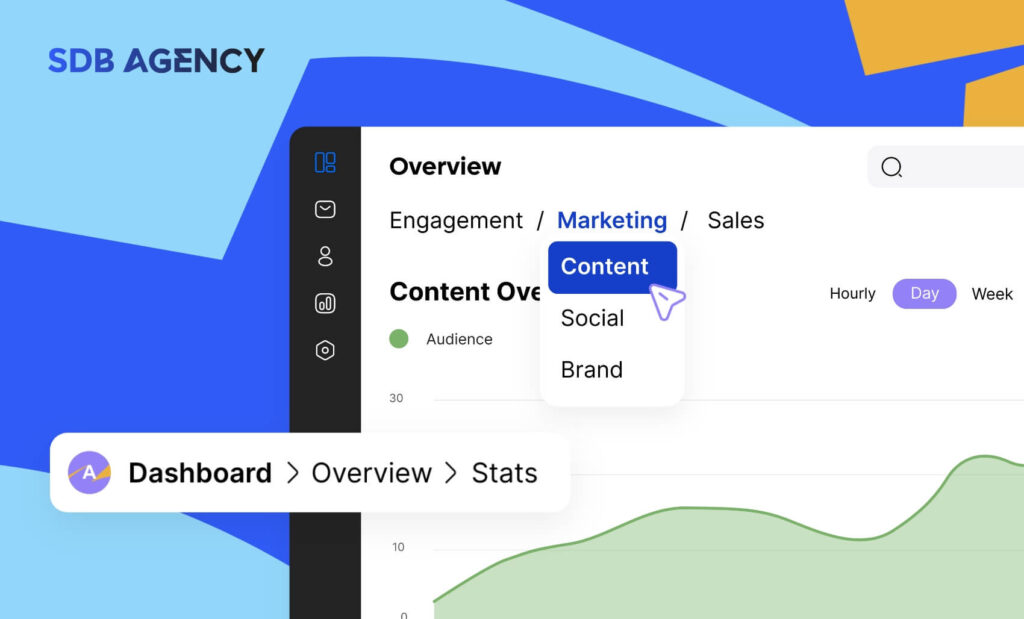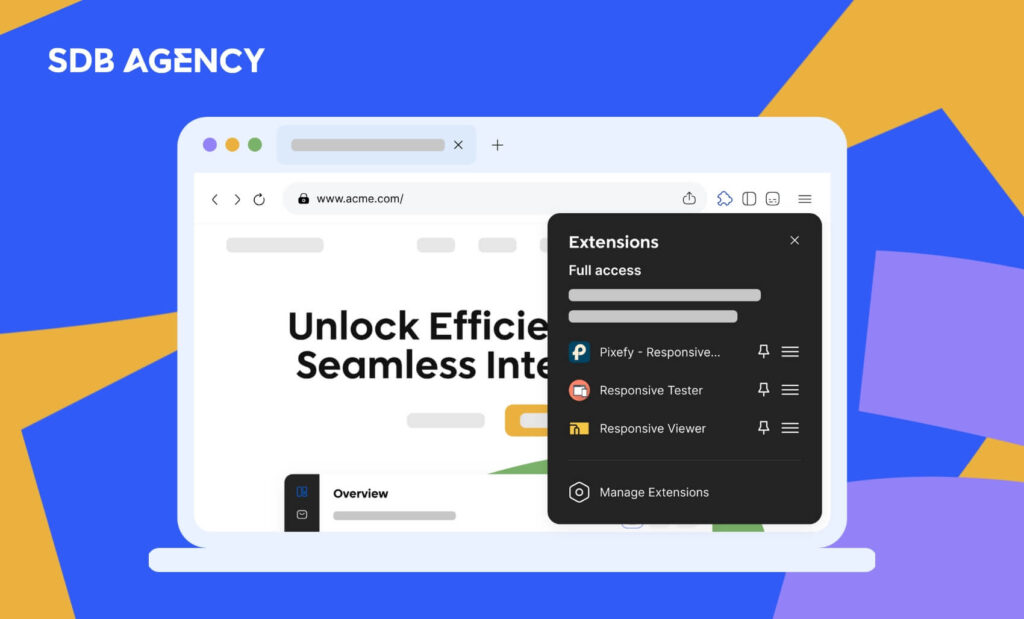5 Essential Strategies to Improve Your WordPress UX

So, you’ve contributed a lot of your time and money to your brand-new WordPress site. You’ve polished all your shiny new products and services that will be displayed on your site. However, there’s one important thing to ask yourself: “Did I make enough effort to improve the WordPress user experience?”
Consumers today have high expectations, and if a website feels clunky, slow, and awkward, they’ll think it isn’t good enough. Therefore, providing the best user experience (UX) for your WordPress website should be a priority. No matter how good your products or services are, your customers will bounce off if they think your site doesn’t showcase a high standard of customer experience.
In this article, we’ll go through the winning strategies to significantly improve your WordPress site’s user experience.
Why is user experience important?
Nowadays, there are so many options and distractions in the digital world, and providing a good user experience is one of the keys to your business’s success. Companies like Uber have revolutionized the taxi industry with a new way to catch a cab by using an easy-to-use app on your smartphone. Thanks to its innovation and consideration of its users, Uber is now a worldwide multibillion-dollar company, and you can find its services in most cities of the world.
The same theory applies when creating a WordPress site. Whether you’re a tech or SaaS business providing a product or service, your chances of success are tied to the level of positive user experience you provide. Here are some benefits of a good user experience:
- It sets a good first impression on your brand – Users must navigate your page with ease so they’ll get an immediate sense of direction and understanding of how your site works.
- It increases sales – The easier it is for users to browse and take action, the quicker they’ll act on impulse to buy your products and services.
- It improves search rankings – UX design is now part of Google’s search guidelines, making it crucial if you want your site to rank well on Google.
Improve the user experience on your WordPress site
Creating a top-performing website means putting the user experience first. Put yourself in the new customer’s shoes and design your site around their experience instead of focusing on how ‘amazing’ your product is. Remember that user experience goes hand in hand with functionality and usability.
Now, let’s look at the 5 best strategies to help improve your WordPress site’s UX.
1. Choose a simple design
Less is more when it comes to user experience. Don’t sacrifice functionality over eye-catching and complex designs. Imagine a visitor scrolling through your site for the first time. Would you think the site is easy to follow? Users prefer a site that works well and is packed with useful features instead of crowded visuals. They will quickly click out of your site if they struggle to perform a simple task or must go around your site looking for the “buy button.”
Therefore, it’s important to prioritize your WordPress user experience design over everything else. A simple, more uniform design that’s functional and easy to use is significantly more effective than a flashy design with bloated features. Remember to give it a mobile-friendly test to ensure the site will appear correctly on smaller devices.
2. Enhance your site navigation
Navigating through your WordPress site should be easy and natural for your visitors. Incorporate the following features when building your site:
- Navigation bar – It’s essential to list key pages for your navigation bar. These key pages should include the Homepage, About Us, Products and Services, Blog Page, Contact Us Page, and others.
- Pillar content – This is the main structure of a page that will help organize your pages and deliver the best possible UX.
- Sticky menu – This is unlike a traditional menu and is commonly used for blog posts’ tables of contents on sidebars. It stays in the header and moves out of view, but it doesn’t disappear from view when users scroll down the page.
Implementing these design features on your WordPress page will create a familiar experience for visitors.
3. Maintain a consistent design
You’ll make your website design coherent by matching your site heading sizes, coloring, buttons, fonts, illustrations, and headings. Sudden and unexpected design changes will confuse your visitors. Also, maintaining consistency will help you increase brand awareness and credibility, making your brand more recognizable on all your marketing and sales channels. Therefore, ensure that your design and choices make sense when visitors navigate your website.
4. Simplify your content
Visually appealing content will likely attract visitors and keep them engaged. Look at other popular websites in your industry for inspiration and design ideas to understand how their visual layout improves the user experience.
Also, pay attention to design elements when designing your site, including typography choices and formatting. You can also take examples from other sites to see what they look like and the choices they’ve made. Then, you can start with a pre-existing layout template or design your own from scratch.
Consider the following in terms of formatting:
- Keep short sentences and paragraphs.
- Use sub-headers to break sections up and ease navigation.
- Highlight keywords and phrases in bold.
- Use Italics to emphasize speech.
- Use images to add variety and color.
- Other visual elements like tables, lists, and quotes help break the site up and offer extra information.
A site with a good user experience requires a design that’s both attractive and practical.
5. Include plenty of white space
Also called negative space, white space refers to sections of your page without content. Ironically, white space usually leads to a positive user experience when utilized well. Using white space lets users focus on the important parts of your content without being distracted. Data from goodfirms shows that 84.6% of the time, crowded web design is the most common mistake by small businesses.
Nowadays, people visit dozens of websites a day. Therefore, they’re used to scanning through websites and will likely do the same for yours. Good use of white space allows them to do this at their leisure without boring them out.
Final thoughts
Now that you’ve learned all the best strategies to improve your WordPress site’s user experience, our tips should help you think about ways to implement them to help boost your site’s performance and SEO.
The strategies above are used by successful online businesses across the world for both WordPress and non-WordPress sites. Failing to implement your own strategy could result in your product falling behind in the competition and struggling to build a foundation in your niche.
Start building your WordPress site, and remember to keep your users in mind during every development process.




